Almost 20 years into the new century, it is increasingly tough to say what “jazz” even is, not to mention choosing the best of the category in any given year. The wealth of great music flowing from the jazz tradition is huge and wide, with much of it still coming as straight-ahead swing, dazzling bebop, sultry singing in the style of Ella Fitzgerald or Joe Williams, or funky groove music that thrived in the 1970s fusion heyday. We believe the music of the “jazz” tradition that defined 2018, however, was continuing to redefine the genre. We heard this music—still innovative and occasionally revolutionary even a century after its birth—as coming in four categories. There is still new Instrumental Modern Jazz tied back to a set of both mainstream and avant-garde traditions that is brilliantly innovative within those confines. Additionally, our favorites came as the compositionally daring New Jazz, Jazz Combined with Other Genres, the New Vocal Jazz that is so much more than just swung/sung standards. In each of these four categories, the music was so rich that we had to leave at least a dozen deserving dates off this list.
We were fascinated to see that our favorite music came from not only veteran legends such as Wayne Shorter and Charles Lloyd but also much younger artists (guitarist Julian Lage is just 30 years old), and of course from talent of every age in between. Jazz is decidedly not only the province of old folks, but their wisdom and history certainly make the listening experience that much richer. As in previous years, while there are a few releases from major labels (notably the still-vital Blue Note), most of the good stuff is being made independently.
Finally, it seems important to note that our favorite music often fell into more than one of our buckets. For example, some of the best vocal jazz, naturally, crossed genres, touching on folk or hip-hop or world music. Some of the New Jazz often utilized vocalists in innovative ways. This lesson is probably the most important one for jazz in 2018. Whatever that word still means (if it ever meant anything at all), the art form was always and continues to be supremely mutable. “Jazz” is music that originated in the African-American culture and restlessly connects to every musical culture in the U.S. and around the world—surely the source of its resilience. And at a time when even the most accessible jazz seems to be a form of art music, its path to continued vitality would seem to be in its restless communication with the wider world of great art, musical or otherwise.
Instrumental Modern Jazz: Still Thrilling
There was a wealth of Instrumental Modern Jazz that is still finding fresh ways of making swinging music featuring strong improvisers playing over themes. Some of the playing is “inside” and some is harmonically adventurous, but it all largely within the tradition established between 1920 and 1980. Ageless veterans like Wayne Shorter and Dave Holland sit side by side with rising players such as trombonist Samuel Blaser and tenor saxophonist Noah Preminger. That said, we could easily have included the fresh alto player Caroline Davis, whose Heart Tonic rode a hip edge between mainstream swing and tricky new jazz. Similarly, the brilliant Nels Cline 4 (with guitarist Julian Lage, who is on our list) released Currents, Constellations, which both swung and rocked in equal measure. That said, here were our six favorites in this category in alphabetical order.
Samuel Blaser Trio – Taktlos Zürich 2017 (Hatology)
The Samuel Blaser Trio might most properly fit in our Instrumental Modern Jazz category, but that’s not to say they’re traditional. They are, of course, your standard multinational trombone-guitar-drums trio, and if it seems like something’s missing (a piano, maybe?), they use that to their advantage. Few ensembles right now have as much sense of space like this one, playing off gaps in the music to build their themes (one of which comes from Igor Stravinsky). Guitarist Marc Ducret develops much of his work through short bursts, more blips than melody, even though his longer lines more than do their job. Blaser’s trombone playing succeeds through its flexibility; he coaxes a wide range of sounds through his instrument, each suited for (and creating) a particular moment. Drummer Peter Brunn can nearly disappear at times, but the approach allows him to do more than just build a foundation, offering surprising points of conversation when he plays more dramatically and subtly shading the music when he doesn’t. The lineup may be unusual, but this Zurich date proves that this trio is far more than a novelty as they push boundaries.
LISTEN: YouTube
+ + +
Dave Holland – Uncharted Territories (Dare2)
These days it’s easy to forget that bassist Dave Holland – who has been part of the music’s tasteful but adventurous mainstream for the last 40 years – started out as rule-breaker and a firebrand, playing not only with Miles Davis’s late 1960s quintet and electric ensemble but also with folks like Sam Rivers and Anthony Braxton. Here, he gets together without fellow Englishman Evan Parker, a vigorous free improviser, and two younger stars of the new jazz scene in New York, percussionist Ches Smith and keyboardist Craig Taborn. All the music here is freely improvised in quartets, trios, and duos. Despite the lack of composition, there is an open lyricism that pervades nearly all of the relatively brief (usually about five minutes) performances. The musicians aren’t likely to seize the spotlight but prefer to play in an interwoven ensemble style and, although the date spotlights freedom, the approach to rhythm is pliant and relatively swinging. This music, if not lyrical and easy on the ears, nevertheless gives freedom a good name. It is symphonic, intimate, careful, and beautiful.
+ + +
Noah Preminger – Genuinity (Criss Cross)
Few musicians have a greater sense of tradition than tenor saxophonist Noah Preminger. He doesn’t limit his historical recoveries to just jazz, as indicated by his work with Rob Garcia on their Dead Composers club, or his explorations of protest music or Mississippi blues. Preminger succeeded in each of these endeavors, but his turn to his own compositions and more traditional jazz led to Genuinity and his best work as a leader over the past few years. Part of the success stems from the quartet’s ability to lock into one another, both in the rhythm section and in the exchanges between Preminger and trumpeter Jason Palmer. Drummer Dan Weiss provides Preminger’s compositions with some inventiveness, helping with both the groove and the surprises. Ten albums in as a leader, Preminger’s found his voice and the group to help him express it. Genuinity indicates his strength as a composer and a player, but it also reflects the health of traditional jazz.
LISTEN: Soundcloud / YouTube
+ + +
Wayne Shorter – Emanon (Blue Note)
Wayne Shorter’s compositional skills provide concept album Emanon with its force. Shorter shows a meticulous approach to these tracks, but more toward care than toward caution. The recordings breathe, relying on collective performance but also a sort of intertextual history. Shorter restlessly reworks previous pieces as well as new ones, moving between an orchestral sound and a more intimate and revealing quartet. Both sets of performances work, and they reveal the internal mechanisms of each piece. The entire set fits into a traditional jazz framework – aside from the sci-fi graphic novel that lends narrative Emanon – but Shorter continues to find new ways to use standard forms. His more structured pieces make the freer forms more provocative, which in turn make the tighter works carry weight within the strictures, offering less a sense of regulation and more of the adventures available within a chosen, not inherent inscribed, context. It’s a fitting sense for an expansive album about freedom across the multiverse.
LISTEN: YouTube
+ + +
Sound Prints – Scandal (Greenleaf)
Ostensibly, the scandal behind the title of the second album from saxophonist Joe Lovano and trumpeter Dave Douglas relates to the quintet’s challenging of the traditional rules of jazz and improvisation. That idea might not entirely hold; these pieces are, after, pretty accessible in structure and harmonics. It’s the skill within those strictures, though, that makes the album so engaging. Neither Lovano nor Douglas sound beholden to their predecessors (explicitly Wayne Shorter, though hints of some of jazz’s marquee names appear), and their interwoven parts give the album its specific tenor. Linda May Han Oh adds sprightly bass playing that keeps nearly all the tracks bouncing. The highly skilled group, despite sounding straightforward at times, does pull off enough surprises – solo lines, time changes, odd meters – that the album never loses intrigue. It might not be a scandal, but it does deserve some headlines.
+ + +
Cuong Vu – Change in the Air (RareNoise)
This recording reunites the trumpeter Cuong Vu’s Seattle-based trio (featuring bassist Luke Bergman and drummer Ted Poor) with guitarist Bill Frisell, who recently moved back to New York from the Pacific Northwest. Composing duties are split among the band, and the results are both varied and wonderful: a languorous waltz, a chiming pop samba, chilling ballads, and a modern tune with a swirling theme. The group can rock and it can play pretty ballads, it obeys the post-bop “inside” rules when it wants to and tosses them away when that works for the song. More than anything, all the players reflect the melodic yet fierce sensibility of the leader, a trumpeter who is less consumed with played high or fast than with creating colors, textures, and feeling. Change in the Air is reminiscent of one of 2017’s best recordings, Ron Miles’s I Am a Man, also recorded west of the Mississippi. Which may or may not mean something, but it’s great to hear jazz, not from New York, Chicago, or Europe arresting our ears.
+ + +
The “New Jazz”: Where Composition and Improvisation Forge New, Blended Ground
For a couple of decades now, we have heard more and more music that has grown from the examples set by Anthony Braxton, Henry Threadgill, and Steve Coleman, among others. This daring “new jazz” leans not on traditional swing, the bebop language, nor the thrilling atonality of the ’60s and ’70s avant-garde. Rather, it transforms the tradition by blurring complex, almost “classical” composition and highly patterned improvisation that uses a set of languages beyond jazz’s traditional blues-based scales, bebop harmonies, or “out” jamming. The new jazz mixes styles but also rarely features a string of solo improvisations over the chord changes of the melody. In this area, we hated to pass on trumpeter Adam O’Farrill’s Stranger Days and the latest recording from Myra Melford’s Snowy Egret band. More controversially, perhaps, we didn’t include the astonishing Pillars from composer Tyshawn Sorey—perhaps only because this music strikes us as belonging on a list beyond the confines and definition, however broad, of “jazz”. Our four favorites are here.
Jonathan Finlayson – 3 Times Round (Pi)
This is the third outing as a leader from this clarion-tone trumpet veteran of Steve Coleman’s various bands, each one impressive in composition and improvisation. 3 Times Round keeps the rhythm section intact from Finlayson’s 2016 Moving Still but replaces the guitar with two reed players. The result is a sextet that replicates the instrumentation of many of the great hard bop bands of the ’50s and ’60s—trumpet plus tenor saxophone and alto saxophone—but uses that punching sonority in the service of tunes of rhythmic complexity and multi-layered melodies. The music loses itself in slices of funk, stuttering rhythmic rotation, and sometimes symphonic compositional ideas, yet the soloists spar and jab like they were in cutting contests from the 1950s. Finlayson embraces the systems and complexities of post-Steve Coleman new jazz but also embraces some of the linear traditions of 50 years ago. It’s a cool combination because the accusation that sometimes stands against the new jazz is that it can be cold and cerebral, without the joys of the blues, the fun of just hearing great players wail. Once again, Finlayson is smart and complex but also lets the players play and generate heat.
+ + +
Mary Halvorson – Code Girl (Firehouse 12)
Guitarist Mary Halvorson doesn’t fit comfortably into any of our boxes. Her career mixes compositional and improvisational experimentation, a trait that lands her a couple of spots in this feature. With Code Girl, she extends her compositional side, beginning with the unusual poetry she wrote that became the vocals. Singer Amirtha Kidambi brings her own outre sensibilities to the record, but toned down enough so that her work becomes almost explicable. Halvorson and Kidambi send up 50-year-old pop music on “Accurate Hit,” yet do so while exploring the intersection of spirit and technology. “Off the Record” feints at more traditional jazz with Halvorson’s comforting tone and Ambrose Akinmusire’s accessible melody, but nothing stays in place. The piece pushes what we think of as jazz, being both bluesy and unnatural before unraveling. These cuts aren’t just musicological commentary; they help create a larger thread on the disc of questioning structure, origins, and moods. That Halvorson and her ensemble do that while supporting complex poetic meditations makes Code Girl a forward-thinking album for musical cryptographers.
+ + +
Nicole Mitchell – Maroon Cloud (FPE)
Flutist and composer Nicole Mitchell put together this music for an unusual quartet (Tomeka Reid’s cello, Aruan Ortiz on piano, and vocalist Fay Victor) for John Zorn’s Stone Commissioning Series. The absence of a drummer or bass player, perhaps, adds an open feeling to this band, but it is this transparency in the music that makes a potentially “out there” session into something inviting. There is huge variety here, with Victor often out front but not always, occasionally singing lyrics but as often just a pure melodic line. The session‘s greatest strength may be its collective nature. Soloists do not battle or vie for dominance, and neither do the leader’s compositions insist that they are the stars. There is a gracious blend of improvisation and structure, of careful orchestration and spontaneity, density and space. It seems characteristic of Nicole Mitchell’s art that she leaves room for all of these elements, spinning like a mobile in balance. It may be less knotty most of the “new jazz” sessions of recent years, but its graceful eliding of what is composed and what is improvised puts it squarely in this category.
+ + +
Aaron Parks – Little Big (Ropeadope)
Pianist Aaron Parks made a splash with his 2008 Blue Note debut, Invisible Cinema, and his latest is the closest thing he has done to a sequel. The former not only contained compelling, memorable tunes with a textural sweep but also was on the cutting edge of transforming jazz sense of rhythm. Parks didn’t make a hip-hop record, but he found ways of using the piano and his rhythm section to generate the stuttering, lurching itch of hip-hop rhythms, yet did so within a jazz context that also sounded like indie-rock in a way. Little Big extends both of those elements of Parks’ art. Again using a quartet with a guitar, the band rarely takes big solos but is content to generate moods, to improvise subtly and collectively, and to find joy in the cracks between genres or styles. The music here is more completely joyful and lyrical at times, with Parks’ solo playing a highlight, but it also more completely embraces the importance of texture. Among other things, this is a gorgeously recorded album, with keyboard layers (piano, Rhodes, synthesizers) and lovely guitar tones, elastic-sounding electric bass and orchestral drum set playing. It is new jazz in execution but a kind of genre-busting joy at the same time.
LISTEN: Bandcamp / Spotify / YouTube
+ + +
Jazz Singing – Not Just Like Ella and Sarah Anymore
The vocal tradition in jazz, from Louis Armstrong to Cassandra Wilson, remains an essential part of the art. This year, the best vocal jazz seemed almost entirely free of needing to emulate the great singing of the ’40s and ’50s, however. From Lucinda Williams blues/folk collaboration with Charles Lloyd to the huge range of innovative vocal approaches featured on the William Parker box set, there is precious little sultry swing or crooning on our list. Though we have six examples of jazz singing gloriously outside that old box, we hated to leave off The Questions from Kurt Elling (brilliant work with rock era standards), Kate McGarry’s gorgeous but fresh The Subject Tonight Is Love, and Wet Robots from Fay Victor. Victor, we must note, sings on two of our selections, however. She was everywhere in 2018.
Mary Halvorson – Code Girl (Firehouse 12)
Described above, but it works as well as a thesis for new jazz singing as for new jazz, which is to say: Amirtha Kidambi not only sings with astonishing technique and daring but also plays a role in the ensemble as an orchestral element as well as a soloist.
+ + +
Charles Lloyd & The Marvels + Lucinda Williams – Vanished Gardens (Blue Note)
Vanished Gardens really shouldn’t work, because there’s just too much happening. Charles Lloyd mixes with Lucinda Williams for a handful of jazz, some jazzy alt-country, a Hendrix cover, some piano-less Monk, a new protest song, and a Hendrix cover. With that much happening, the wheels should fall off somewhere. What Lloyd, his band, and Williams manage to do is establish a consistent aesthetic no matter what goes on. Pedal steel guitarist Greg Leisz bridges the gap between Lloyd and Williams, but the artists perform as if that chasm didn’t span too far anyway. The quintet plus singer use a broad net to make something precise. The sequencing helps. The final two tracks let Lloyd and guitarist Bill Frisell put a new twist on “Monk’s Mood” while drifting into a subdued rendition of “Angel”, Williams settling in for a soft outro. Not much Hendrix seems suited for her, but given what Lloyd and Williams develop on this disc, you get the sense that they could make anything into their own.
+ + +
Nicole Mitchell – Maroon Cloud (FPE)
Described above, but featuring singing from Fay Victor that is so expressive, so emotional, and so controlled that, along with Victor’s other work in the past year, virtually redefines that state of the art jazz singing is in 2018. Doing Gershwin well ain’t all you need these days.
+ + +
David Murray featuring Saul Williams – Blues for Memo (Motema)
David Murray is a veteran whose inside/outside sensibility helped to redefine jazz in the 1980s as he played with the World Saxophone Quartet and on his innovative Octet records. More recently, he has worked with a quartet more often and has shown interest in mixing genres. Blues for Memo is his finest work in a long time, placing spoken word artist Saul Williams in front of the band. Together, they mine a sweet vein where poetry and jazz merge in a new way. Listening to “Obe”, with Williams laying down philosophy and concern about the world today and Murray and trombonist Craig Harris demonstrating how improvisation can generate a sense of hip-hop as surely as a funk groove, you are hearing something new. Williams is fiercely rhythmic without relying on clever rhymes like a great rapper. You come away feeling that this music is hip-hop—or at least a form of African-American rhythmic power that uses spoken words to bring truth to the surface. On other tracks, singer Pervis Evans sings more traditional melodies too. It all works, and you may realize that is because Murray always positioned himself as a kind of “singer” on the saxophone, not a guy running scales or bop patterns.
+ + +
William Parker – Voices Fall from the Sky (Centering)
Bassist William Parker has been the dean of the New York downtown scene for some decades, mixing free improvising with elaborate composition and with song forms. And he has often worked with vocalists. Voices Fall from the Sky collects vocal performances by many different artists—and from older and recent sessions with Parker—and organizes them into thematic groups that show how vocal artistry feels part of the music’s future and connects the music back to its past. It is a sweeping and diverse collection featuring small bands, big band, swing, freedom, poetry, balladry, squawking; you name it. Singers Leena Conquest, Fay Victor, Kyoto Kitamura, Morley Shanti Kamen, Andrea Wolper, Amirtha Kidambi, Mola Sylla, AnnMarie Sandy, and Ernie Odoom all shine in various ways. Pianists Eri Yamamoto and Cooper-Moore are also given generous space to accompany and improvise. Ultimately, this collection proves that William Parker’s greatest legacy may be his willingness to find the human voice in creative music beyond boundaries.
+ + +
Luciana Souza – The Book of Longing (Sunnyside)
The Brazilian singer Luciana Souza has done something sublime on this recording, writing vulnerable, ineffable songs for a set of poems by Leonard Cohen, Emily Dickinson, Edna St. Vincent Millay, Christina Rossetti, and herself. Although the Brazilian singing style can be cool and even aloof, nothing on The Book of Longing is truly detached. Every line, every note is imbued with the power of feeling expressed through compression rather than explosion. Souza is a musician capable of exuberance, but even when the trio on this session (guitarist Chico Pinheiro and bassist Scott Colley, with the leader’s percussion) is cooking, Souza is pulling back, giving us more by giving us not less, but more art, more care, more concentration. It is a masterful work of art, operating by artful suggestion and featuring songs that balance the power of words with the power of music. Her best recording and likely the best pure vocal album of 2018 but, again, defying the idea that jazz singing is all about a canon of jazz standards and the style that was applied to them 50 or 60 years ago.
LISTEN: Spotify
+ + +
Jazz Speaking with Other Genres: Lines Not Just Blurred but Obliterated
In the 1950s, musicians combined jazz and classical in something dubbed “Third Stream Music”, but all too often that was simply classical themes that jazz players then jammed on. In the 1970s, “fusion” combined jazz with rock or funk, but the results often felt stilted or commercial, with a lazy funk groove simply sitting under a jazz head. Today, however, “jazz” players grew up deeply loving, understanding, and playing hip-hop, soul, rock, or other music. The result is “jazz” that genuinely uses other genres to renew itself. This, of course, is no different than when Dizzy Gillespie pioneered Latin jazz or when Duke Ellington’s traveled to the Middle East and refreshed his music with new rhythms and harmonic patterns. Today, however, this kind of innovation seems more active—and superbly executed—than ever. Our six favorites are below.
Anteloper – Kudu (International Anthem)
Anyone waiting for Kudu to hear more from trumpeter Jaimie Branch after last year’s stellar Fly or Die would have to be just a little patient (and keep that album’s opening “jump off” in mind). Where Branch made a broad sweep with that album, here she partners with drummer Jason Nazary for a different sort of album. Nazary’s training and work with Little Women give him experience with the jazz-not-jazz approach. Kudu relies on its electronics to fill out its sound, the textures that Branch and Nazary play on and around. On “Fossil Record”, Branch works to integrate her horn into those textures while Nazary grooves (as much as anything here “grooves”). Rather than building off her recent acclaim with a showcase, Branch puts herself almost under the music Nazary likewise commits to building pulse and tone. The disc develops its nuance slowly, through short horn statements, subtle shifts in percussion, and unstable synth parts. The album sounds equally free and restrained, the tension between the sensations creating its own space.
+ + +
Quin Kirchner – The Other Side of Time (Astral Spirits)
For much of its runtime, drummer Quin Kirchner’s The Other Side of Time fits more into a standard jazz box than the rest of the albums in this section. The problem with that statement is that it raises a question: which jazz box? Kirchner’s debut album as a leaders pays tribute to his voracious listening. Kirchner – who gained notice, oddly enough, with songwriter/guitarist/Twitter clown Ryley Walker – takes in Mingus, Sun Ra, Latin jazz, African drumming, and sampling techniques. He feels at home everywhere, confidently displaying his skill on the two parts of “Drums & Tines” (with structures more akin to minimalist composition) while gladly ceding ground in service of the music throughout much of the album. The musicians groove and bop, and wait patiently, and deliberately build their pieces. As an introduction to Kirchner, the disc could hardly do more. Even so, it still feels like we’ve just started a remarkable conversation.
+ + +
Julian Lage – Modern Lore (Mack Avenue)
Guitarist Julian Lage’s melodicism and technical virtuosity lend themselves to nearly any sort of style. While he’s most immediately a jazz guy, his wanderings into other fields (like Americana) have given his flexibility a charge. On Modern Lore, the second part of a trilogy of albums that explicitly draw inspiration from particular historical moments, Lage takes on the sounds of early rock ‘n’ roll with his Telecaster and a strong rhythm section. To be clear, Modern Lore isn’t rock ‘n’ roll, but it doesn’t adhere to jazz either. This isn’t Wes Montgomery in a leather jacket. Instead, Lage works his own vision through the sort of grooves that come out rock’s roots, whether the well-titled “The Ramble” or pop stylings of “Look Book”. As much as he resists emulating his jazz predecessors, he also avoids following, say, Link Wray. The concept provides a starting and not a regulating point. That allows him to push further outwards on cuts like “Earth Science” or the gentle “Pantheon”. It’s a treat to hear such clear stylistic influences turned into such a singular expression.
+ + +
Charles Lloyd & The Marvels + Lucinda Williams – Vanished Gardens (Blue Note)
Described above, but Vanished Gardens would be an exercise in blended styles even without the presence of Williams’ Americana singing, Charles Lloyd’s playing with the Beach Boys and Bill Frisell’s attachment to folk/rock/Copland idioms at their peak.
+ + +
David Murray featuring Saul Williams – Blues for Memo (Motema)
Described above, but another reminder that many of the real precursors of hip-hop were jazz musicians: Gil-Scott Heron, the Lost Poets, and other artists who heard rhythmically pliant “swing” in the simple cadences of spoken poetry.
+ + +
Thumbscrew – Theirs (Cuneiform)
The cooperative trio that merges guitarist Mary Halvorson, bassist Michael Formanek, and drummer Tomas Fujiwara is constantly flirting with the question of whether it is trying to draw listeners in or hold them at a distance. Though Thumbscrew plays with a flowing conversational rhythmic feeling, something that anyone would call “swing”, it also puts Halvorson’s post-modern guitar sound front and center, with its offbeat distortions and its delay-pedal, loopy notes. The result is a punkish, disruptive sound that still feels pliant. Theirs doubles down on this schizy joy by having the band tackle standard jazz tunes with consonant melodies but putting these well-known themes through the offbeat treatment of the band. The result is the group’s best outing and, more importantly, a critical refraction of what this kind of music really means. Thumbscrew can play within jazz’s instrumental traditions, each member brings the composer’s sensibility of the new jazz, and each voice (though instrumental) seems to sing. This is the band, perhaps, that belongs in all the categories just a bit. And maybe this was our favorite of the year? Among many.
- The Best Jazz of 2010 - PopMatters
- The Best Jazz of 2013 - PopMatters
- The Best Jazz of 2009 - PopMatters
- The Best Jazz of 2011 - PopMatters
- The Best Jazz of 2016 - PopMatters
- The Best Jazz of 2017 - PopMatters
- 12 Brilliant Recent Jazz Albums That Shouldn't Be Missed - PopMatters
- The 20 Best Jazz Albums of 2020 - PopMatters

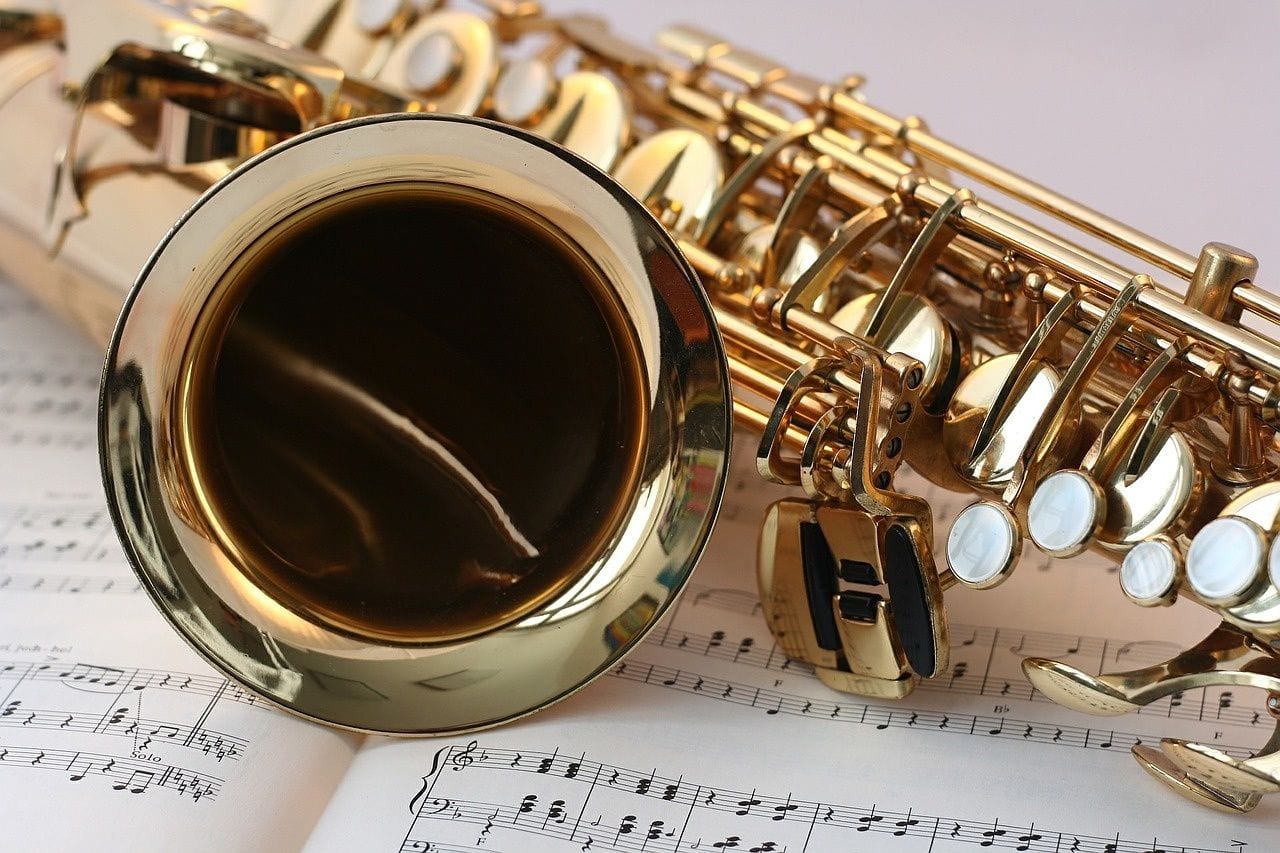
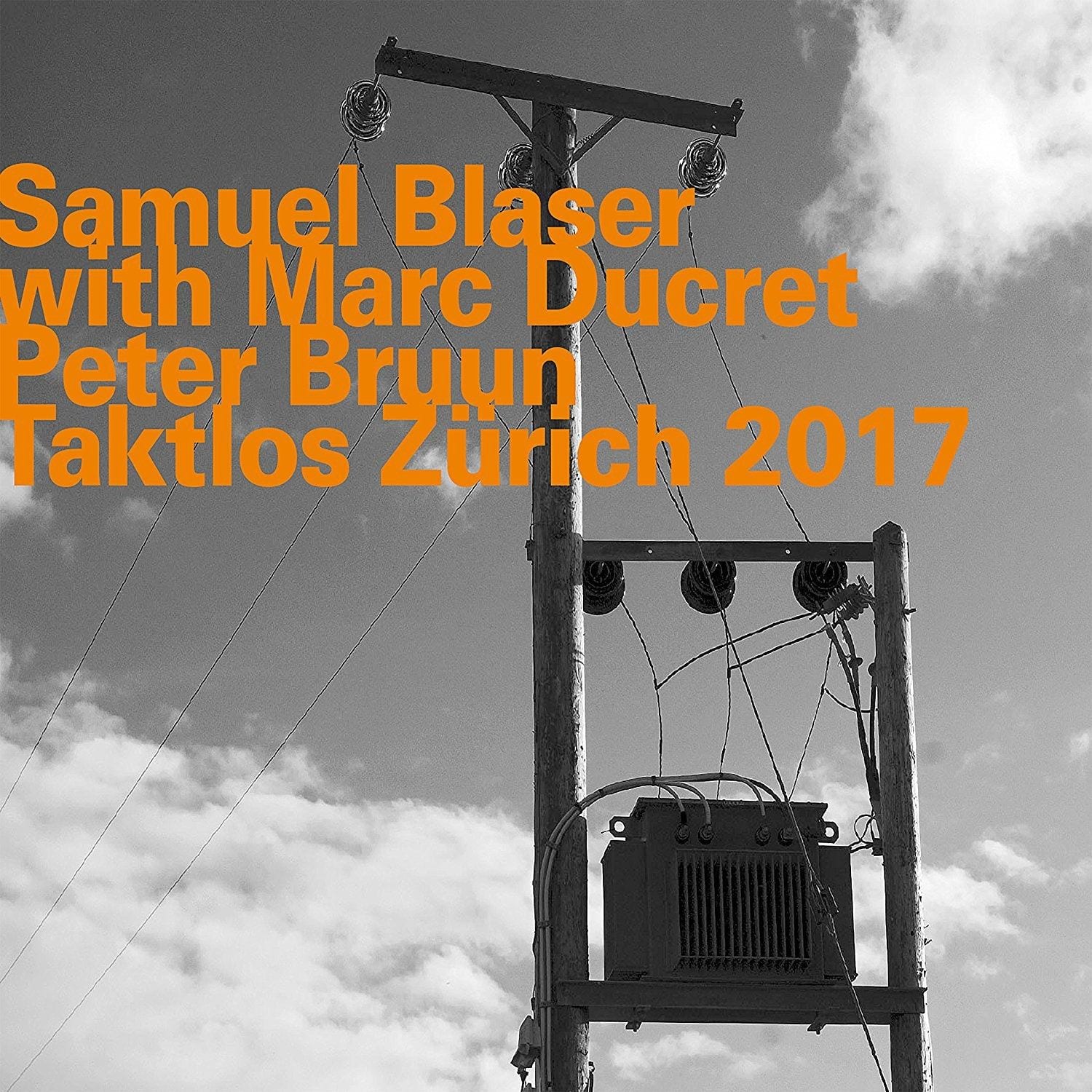

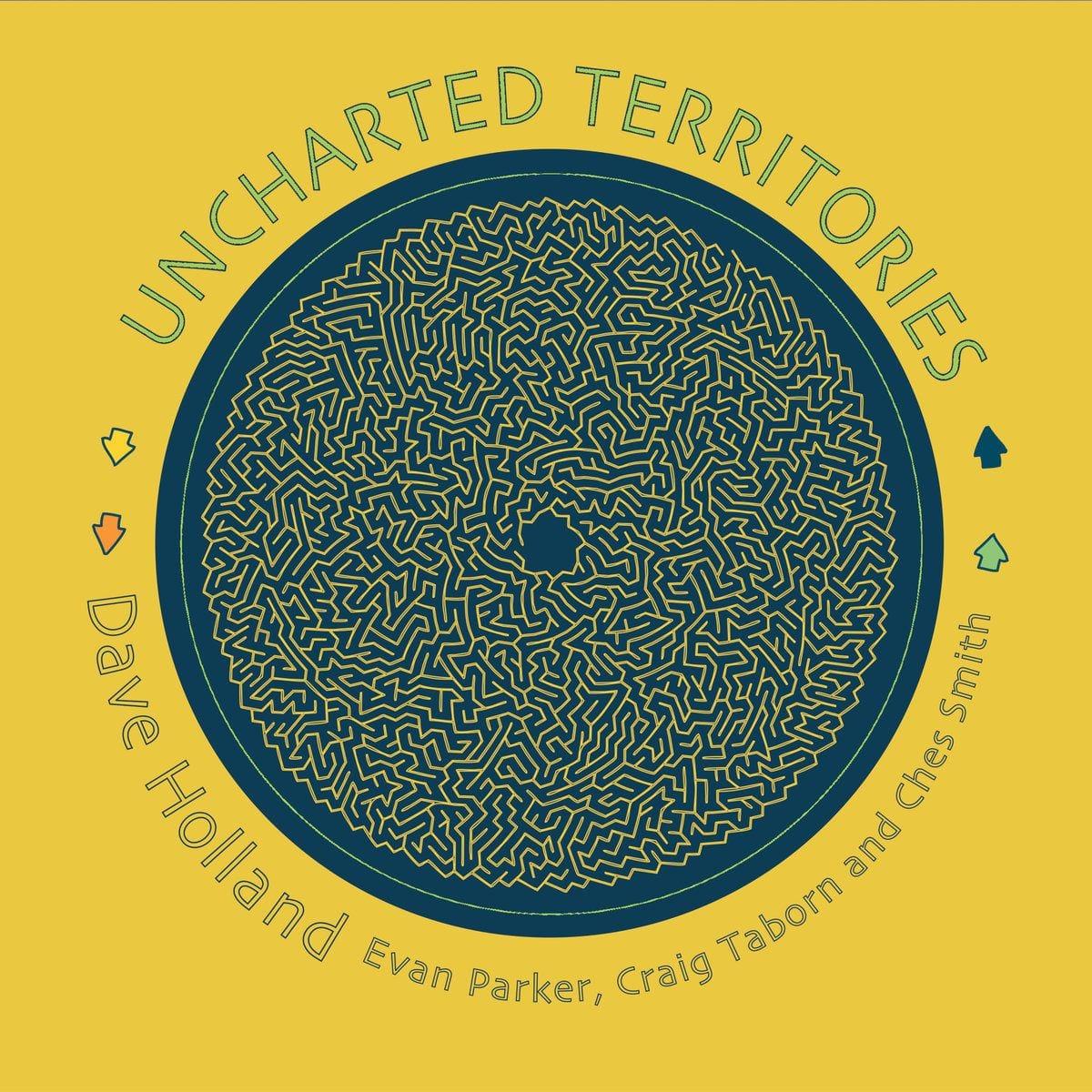
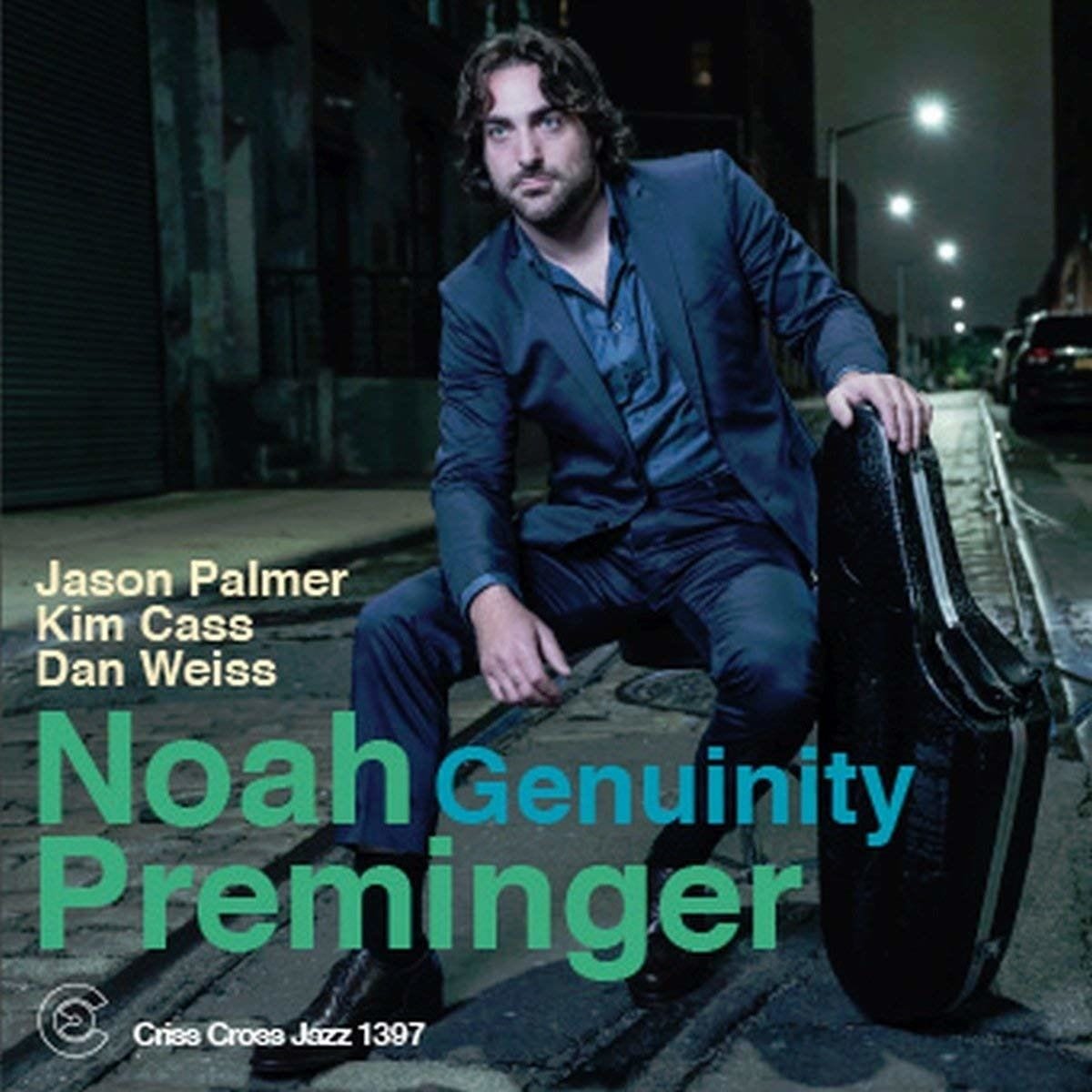
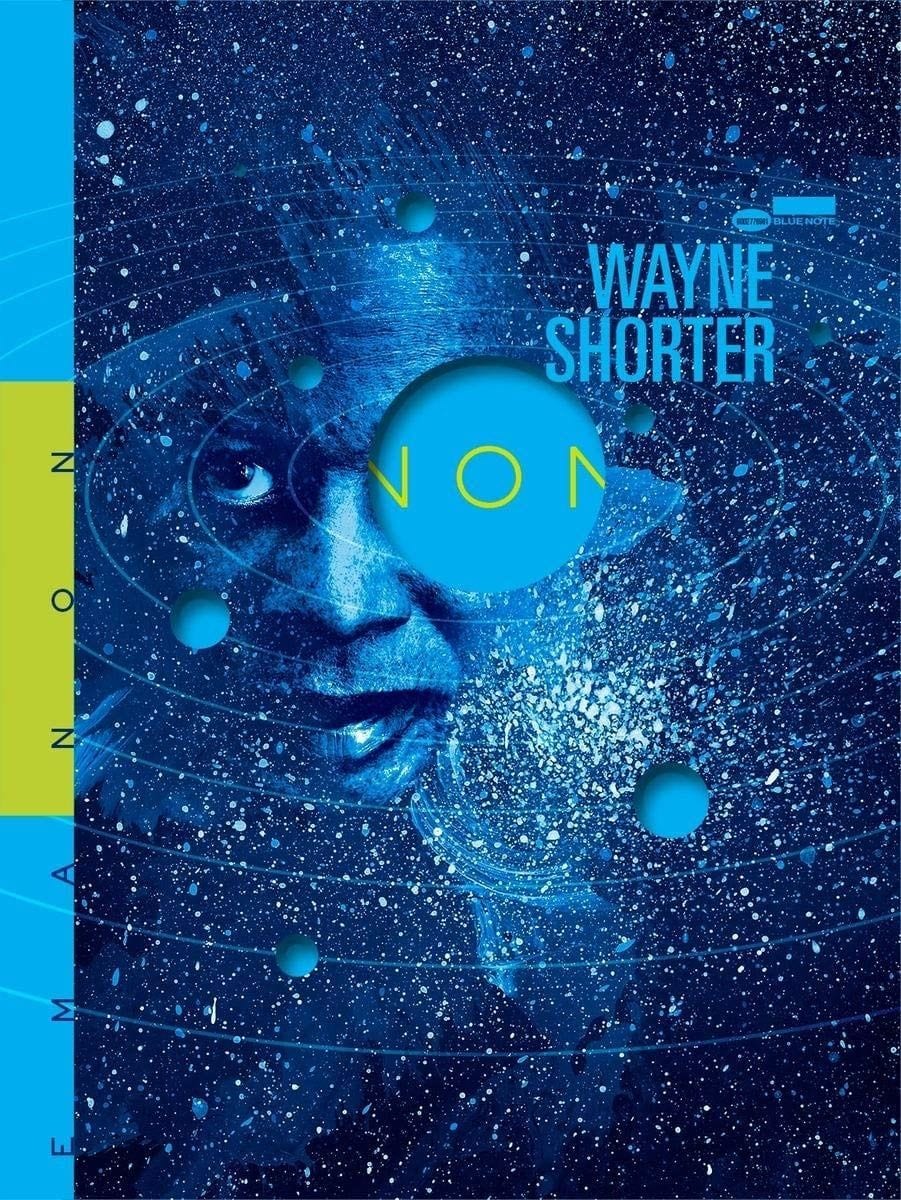
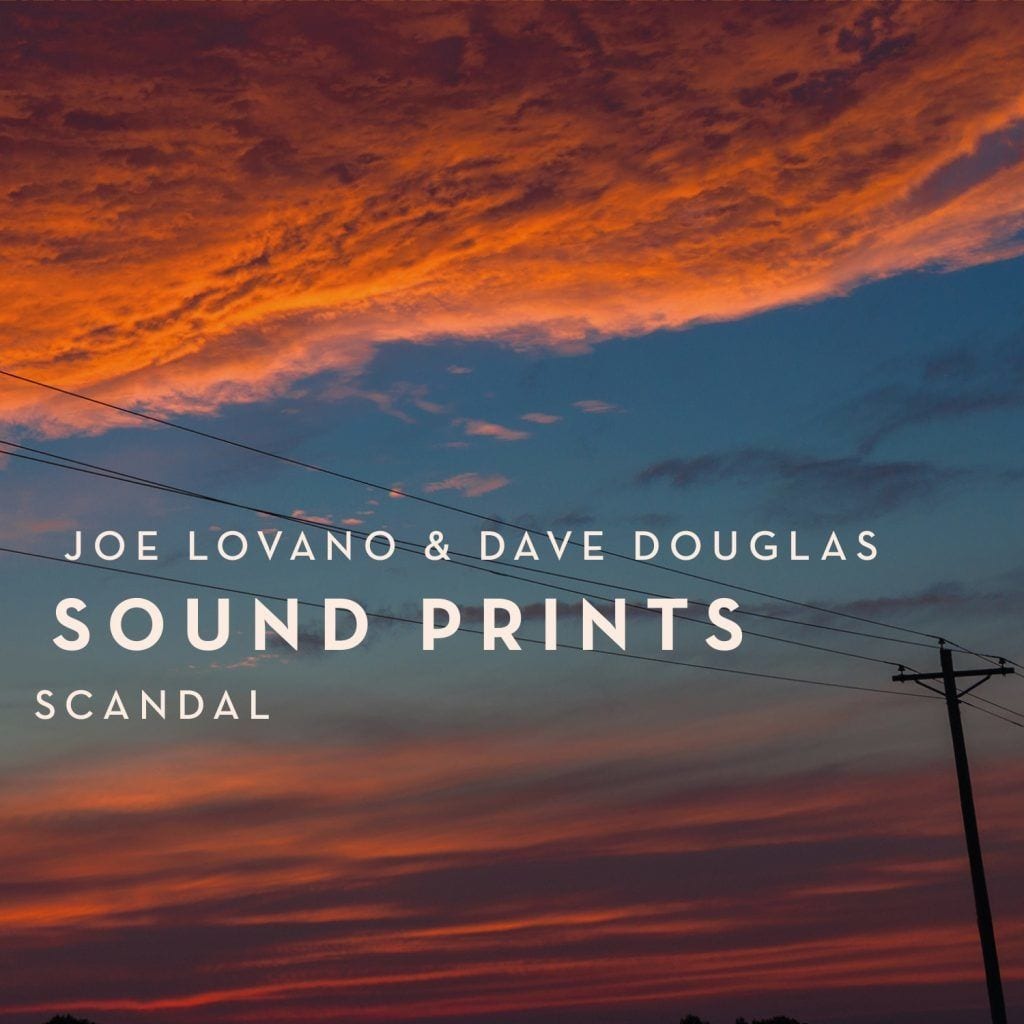
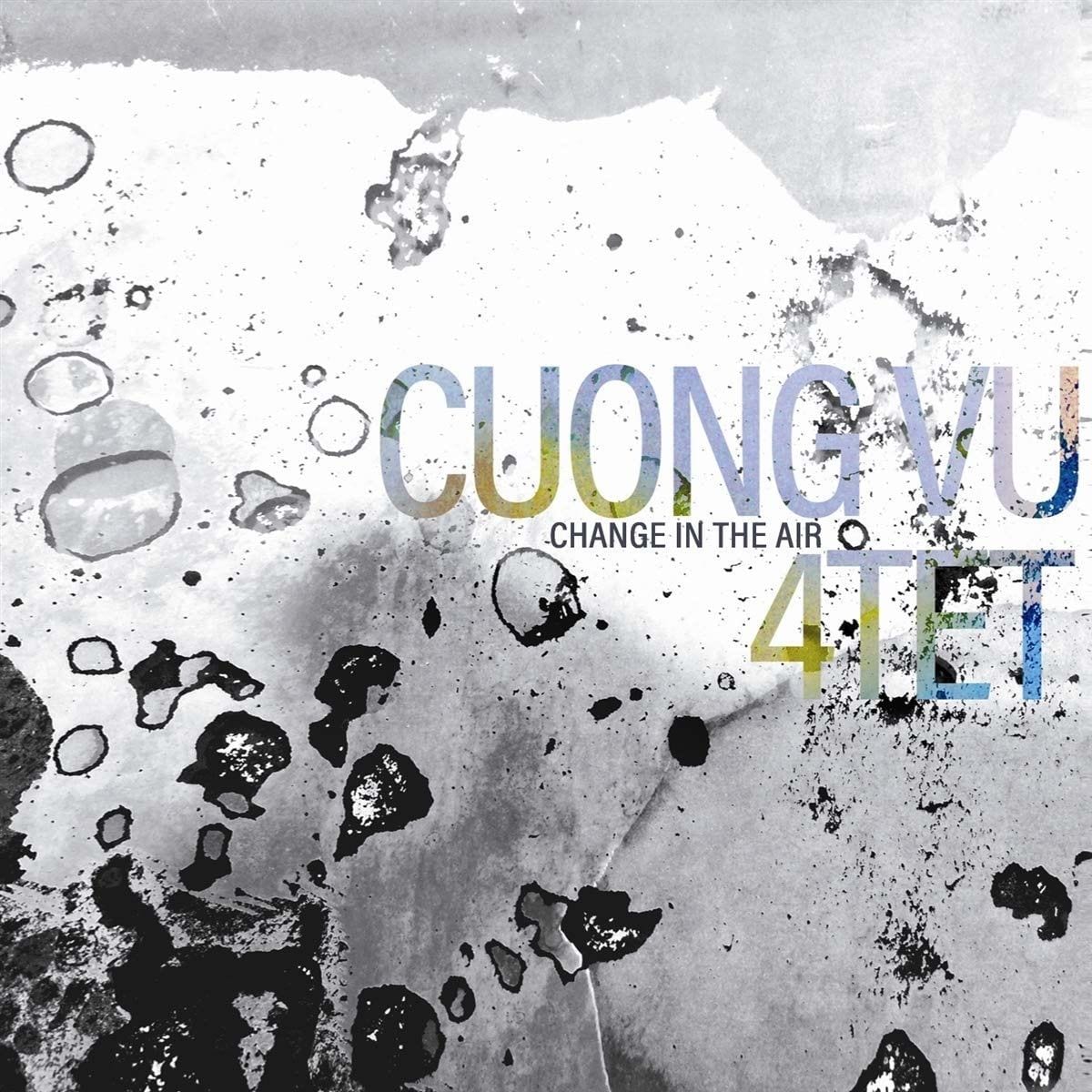
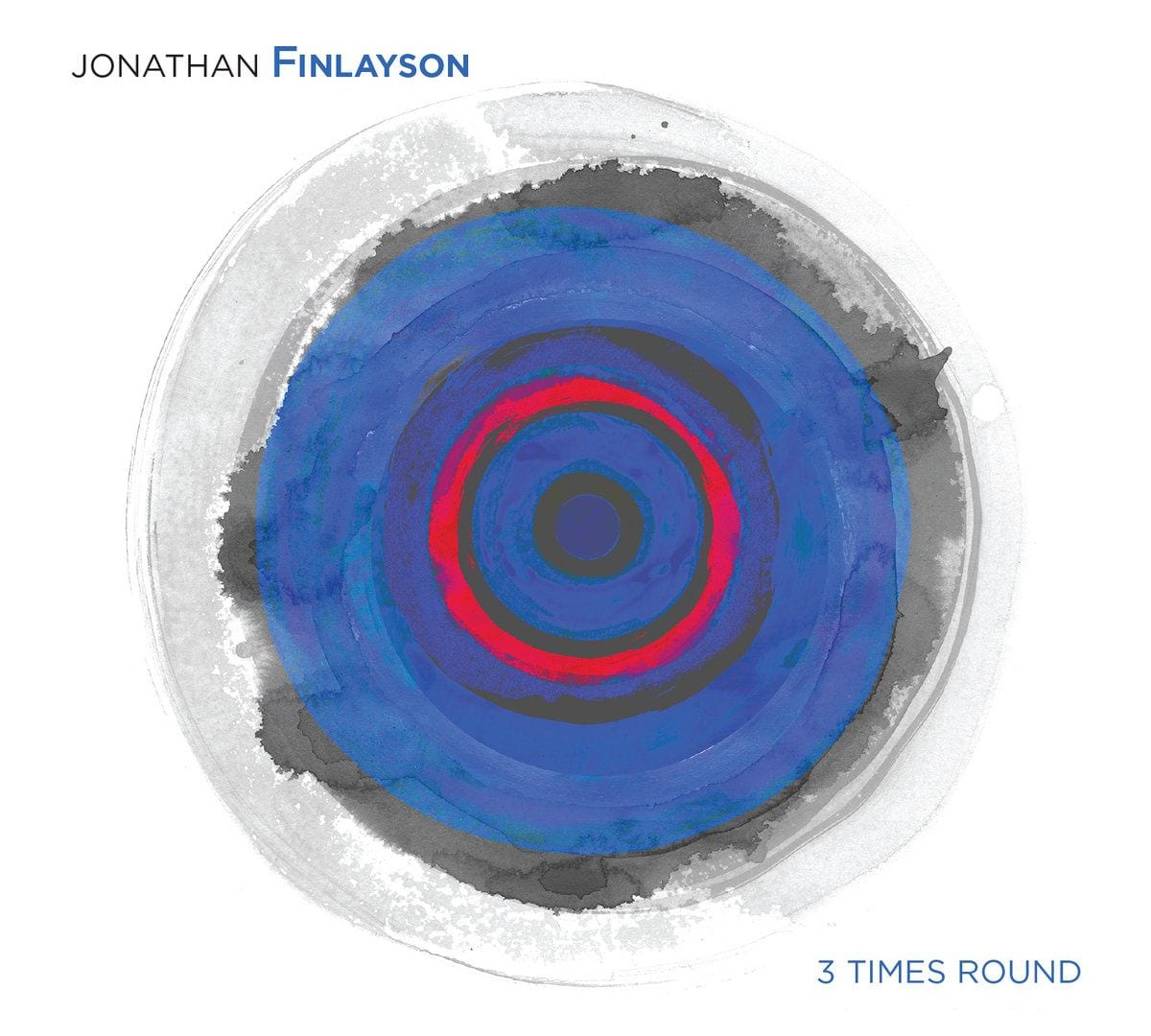
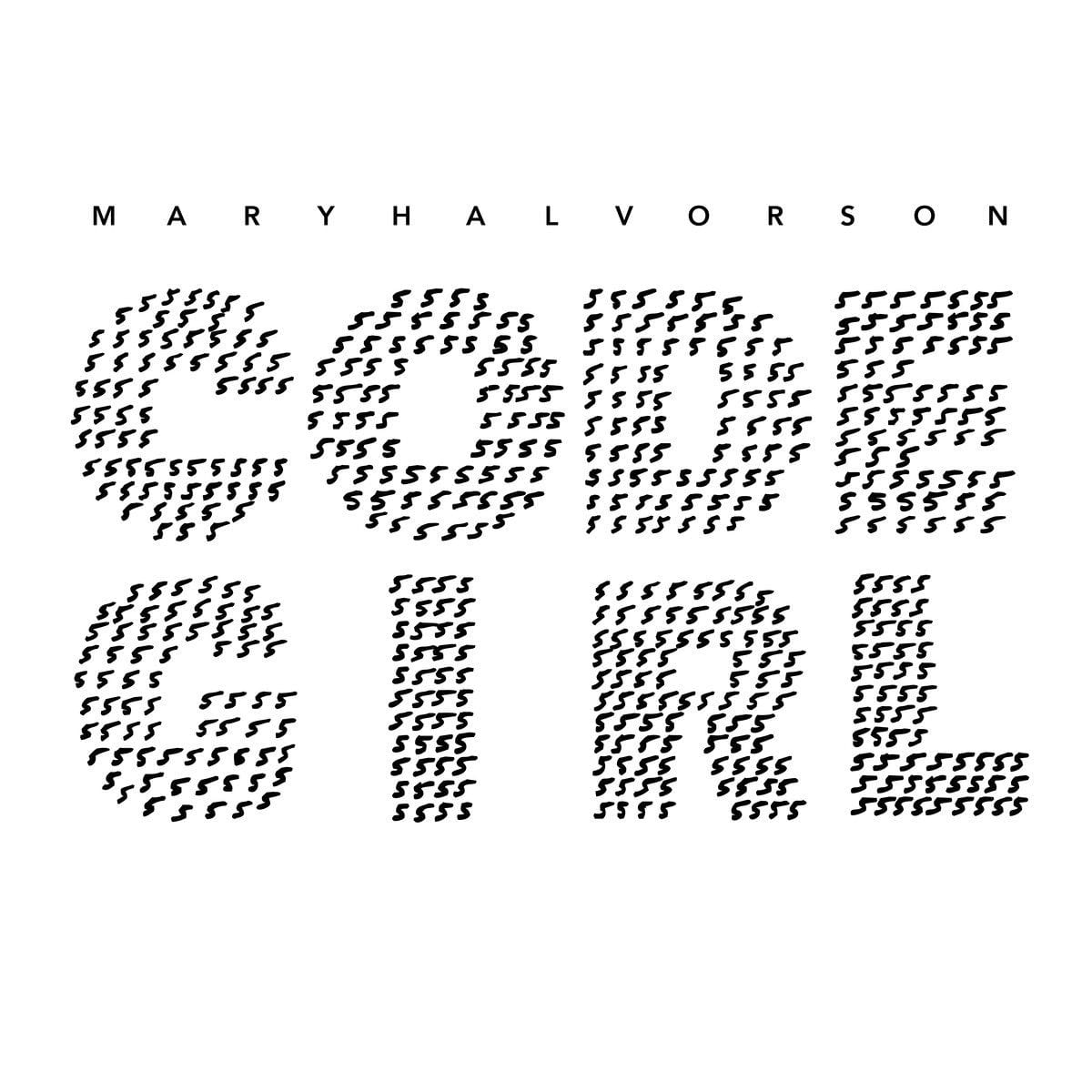
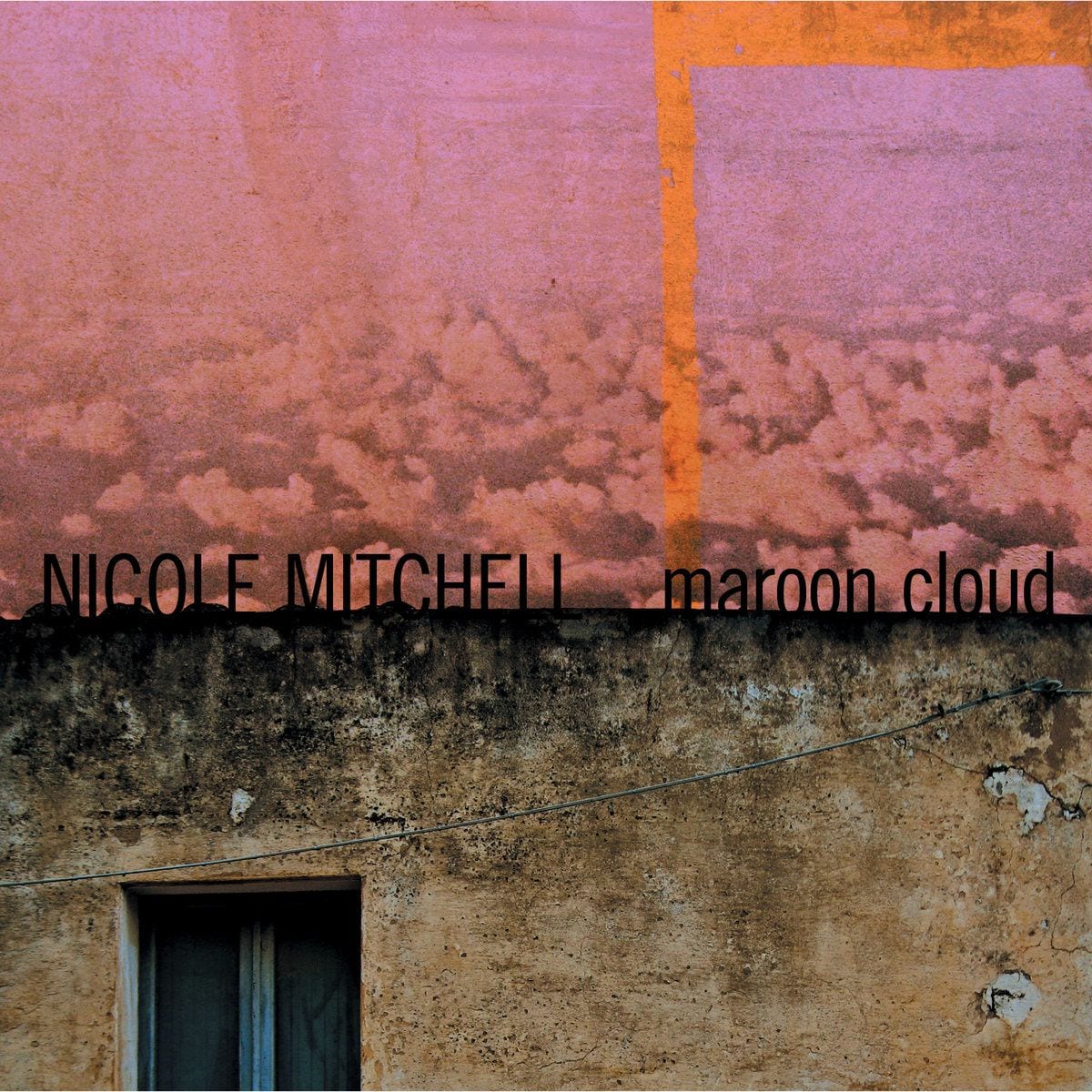
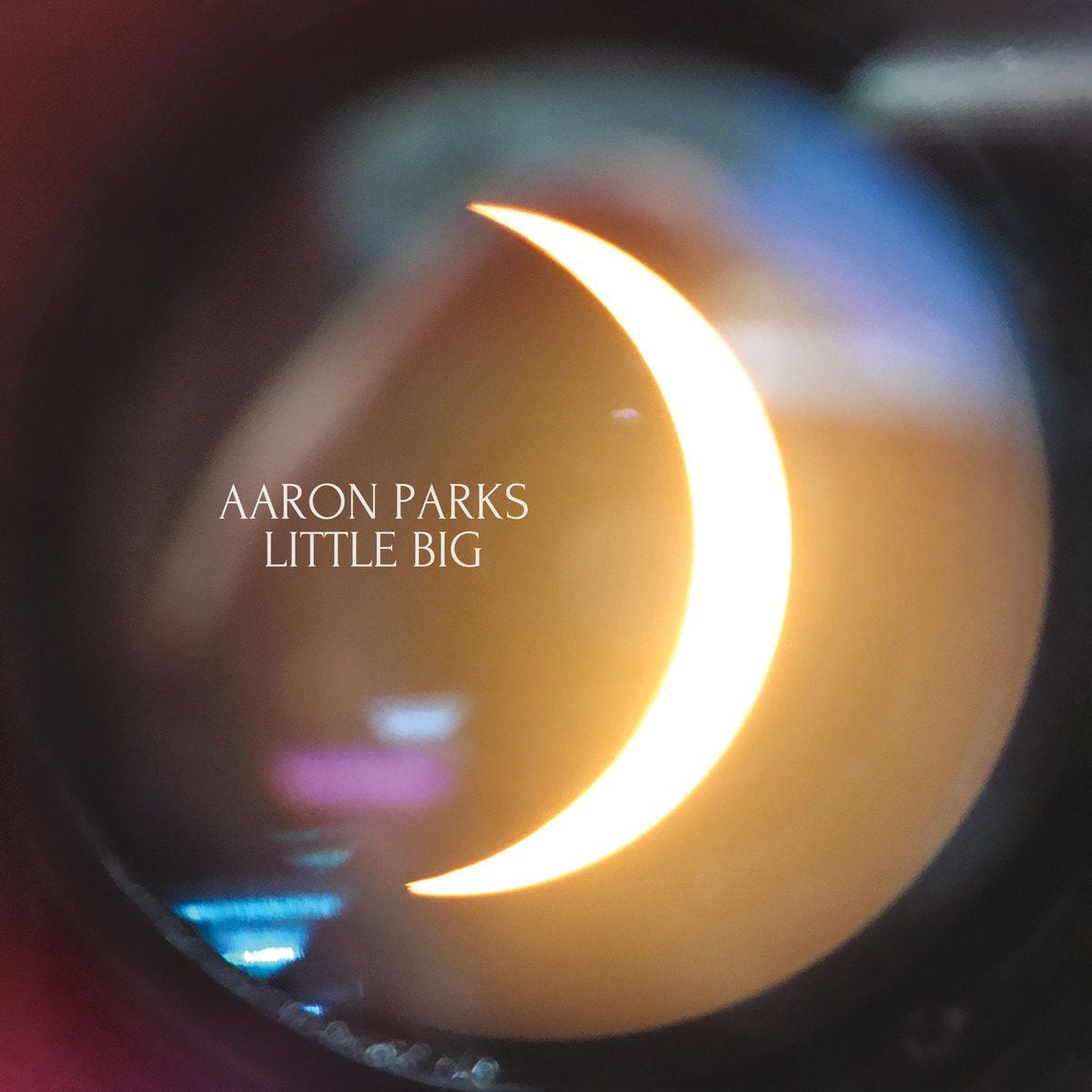

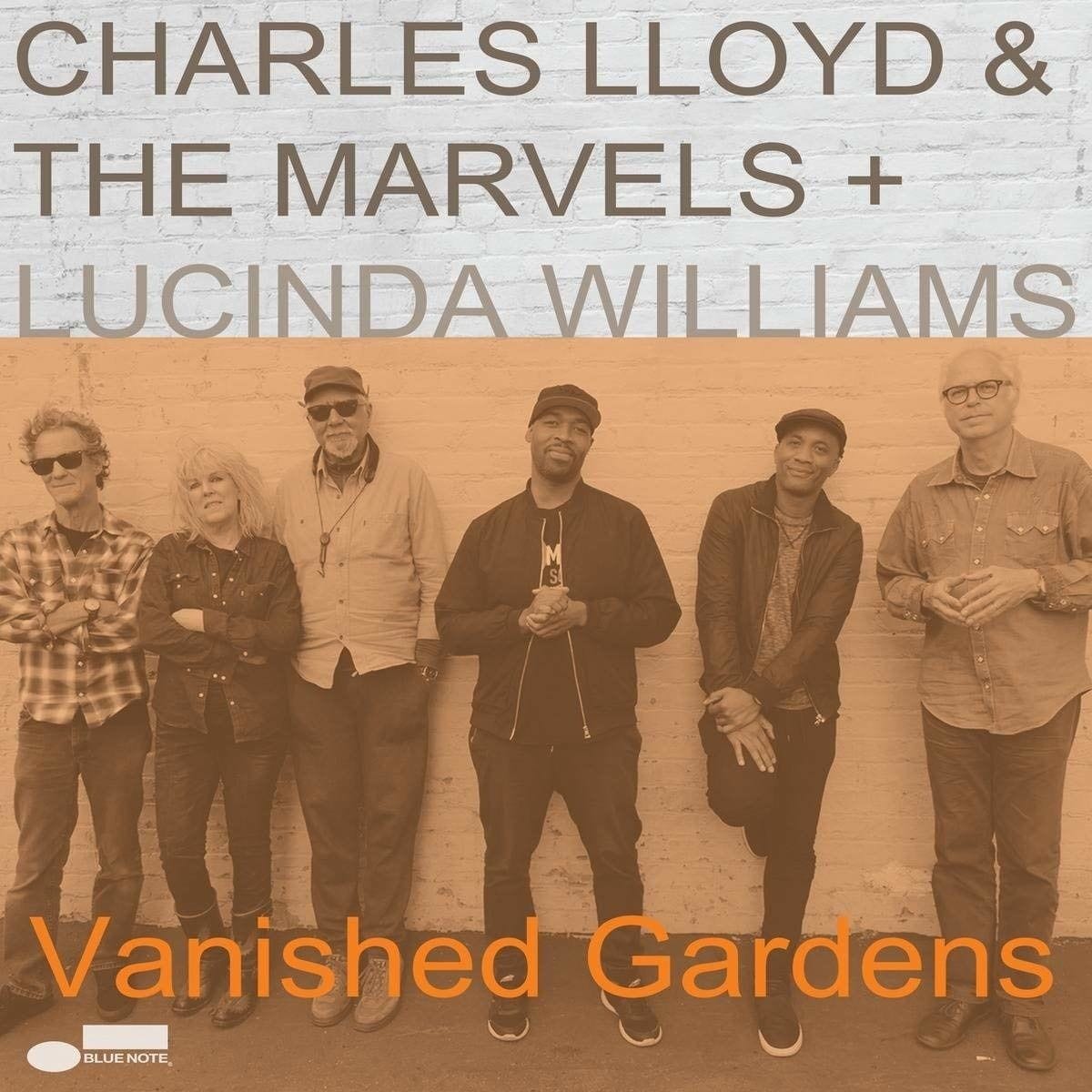
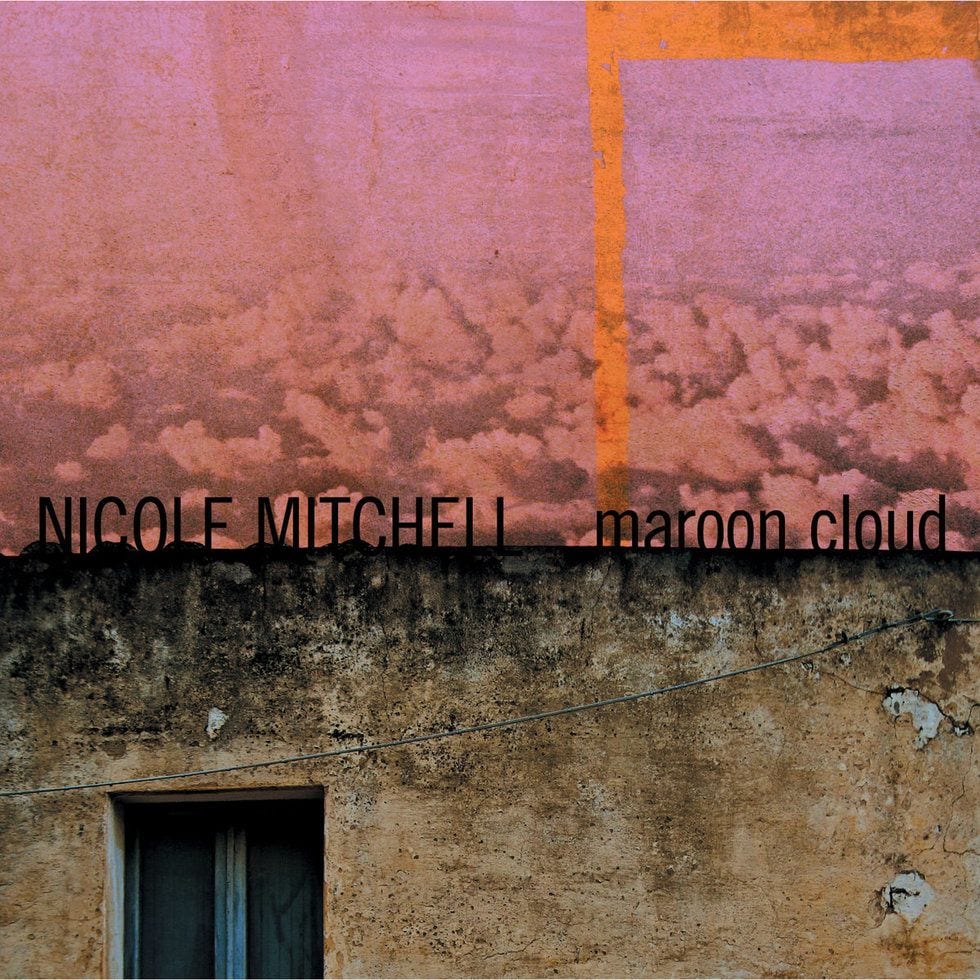
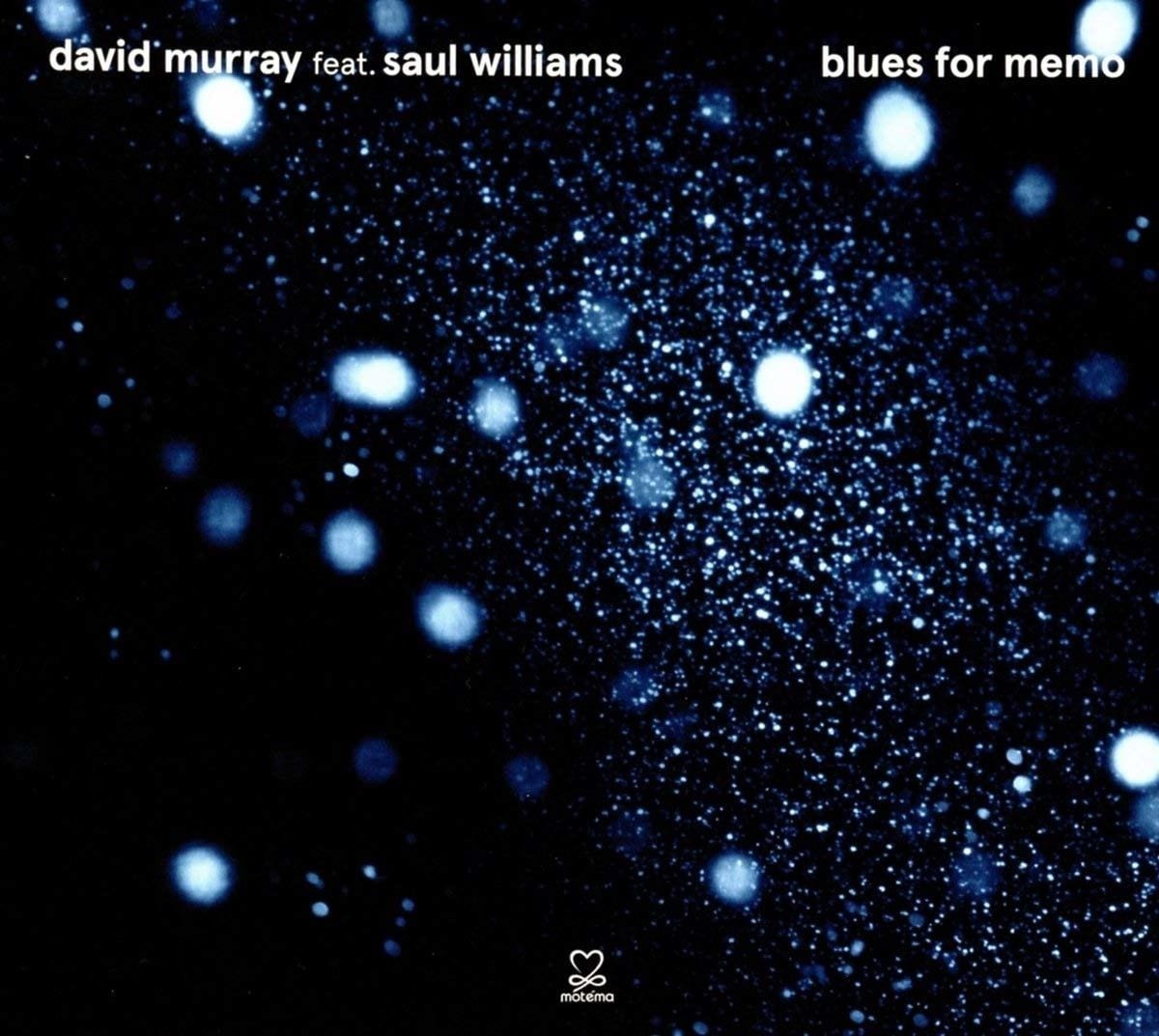
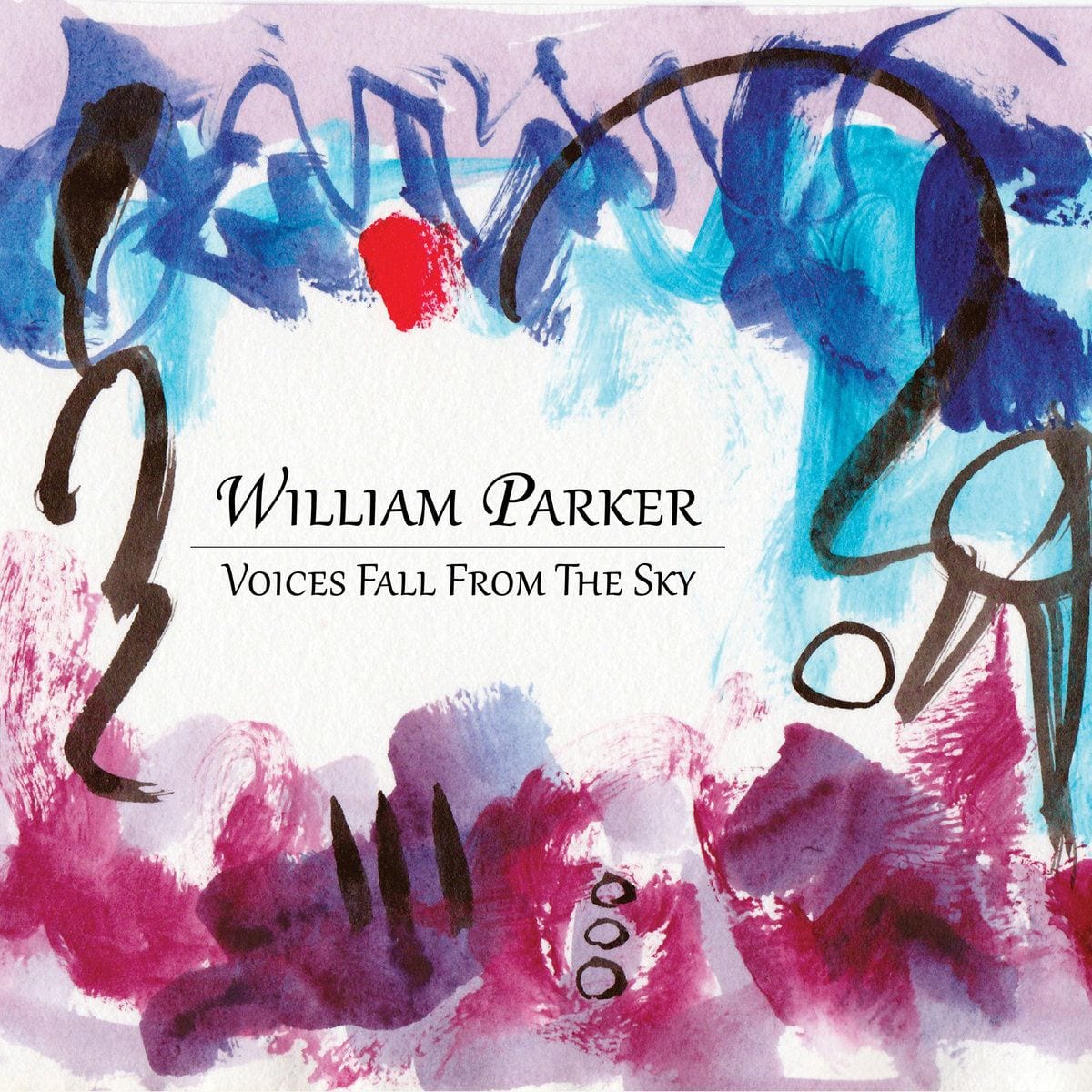
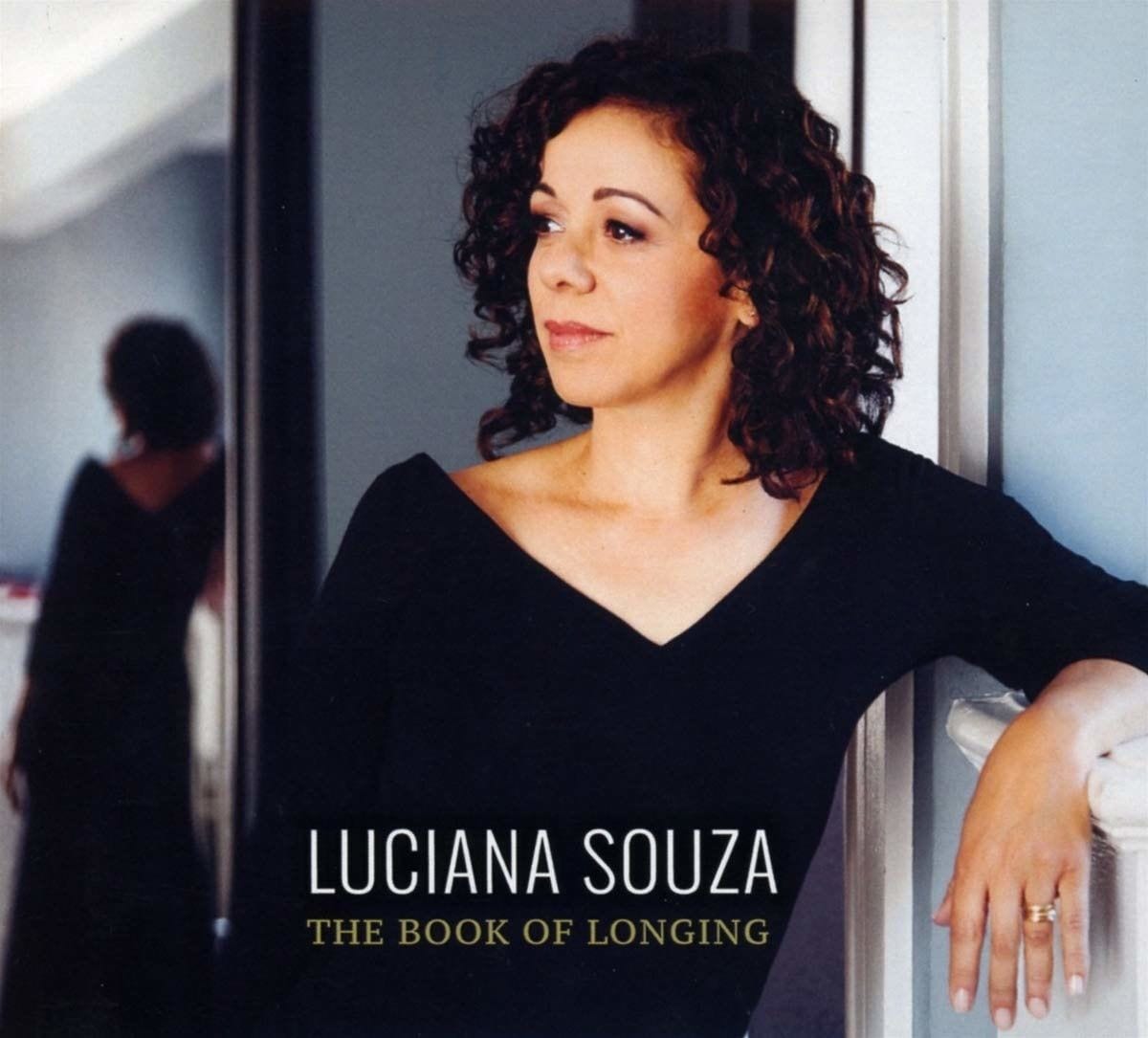
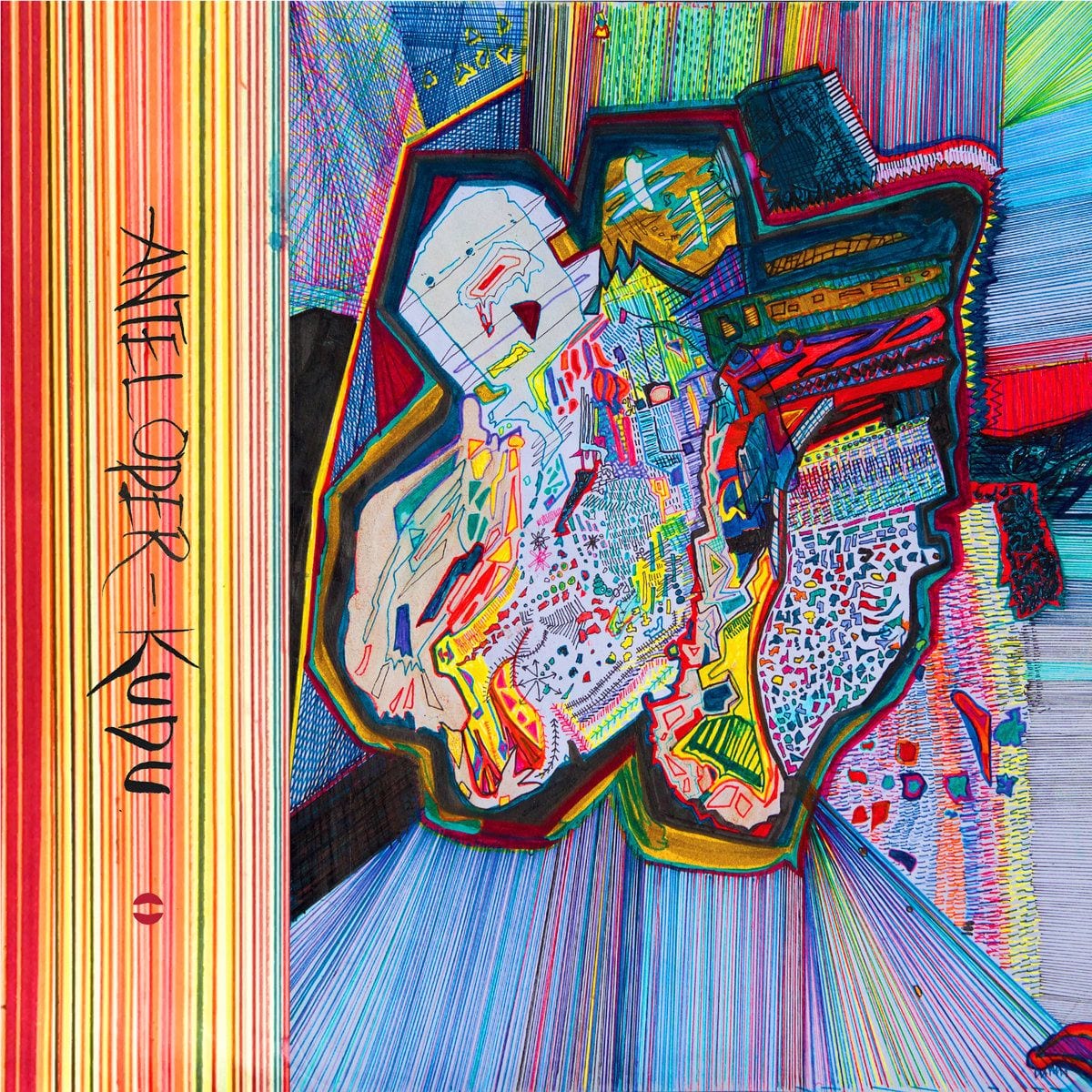
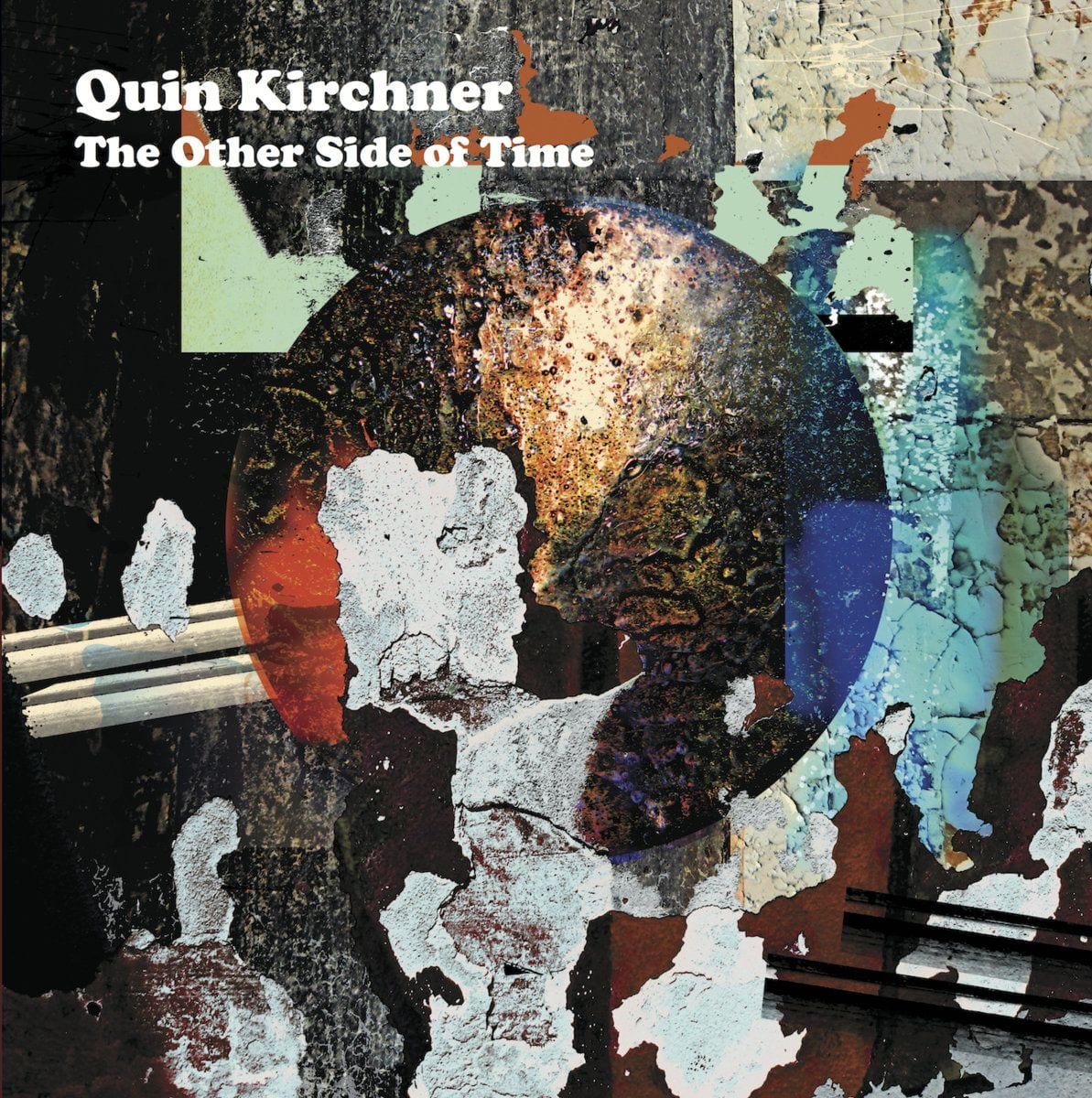
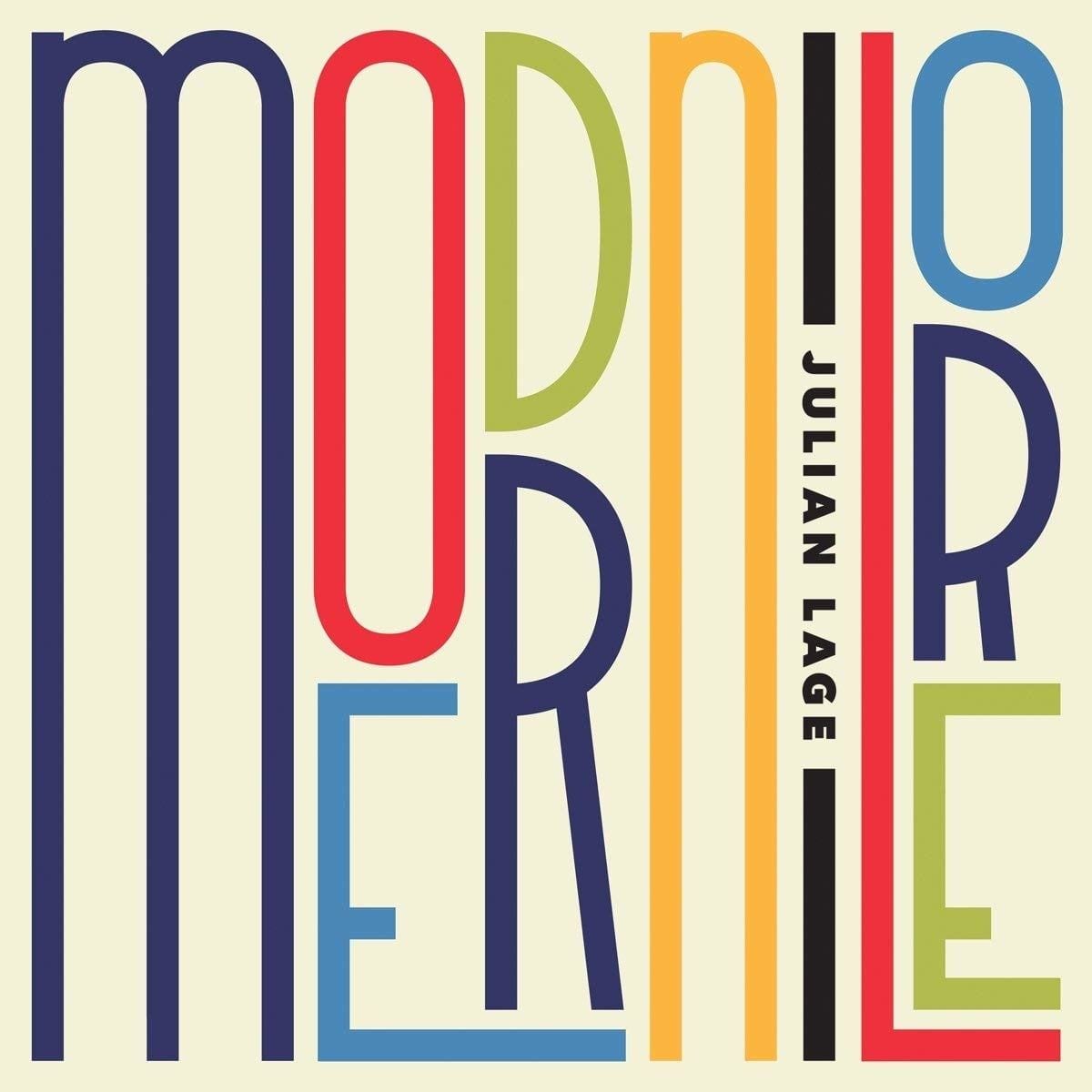
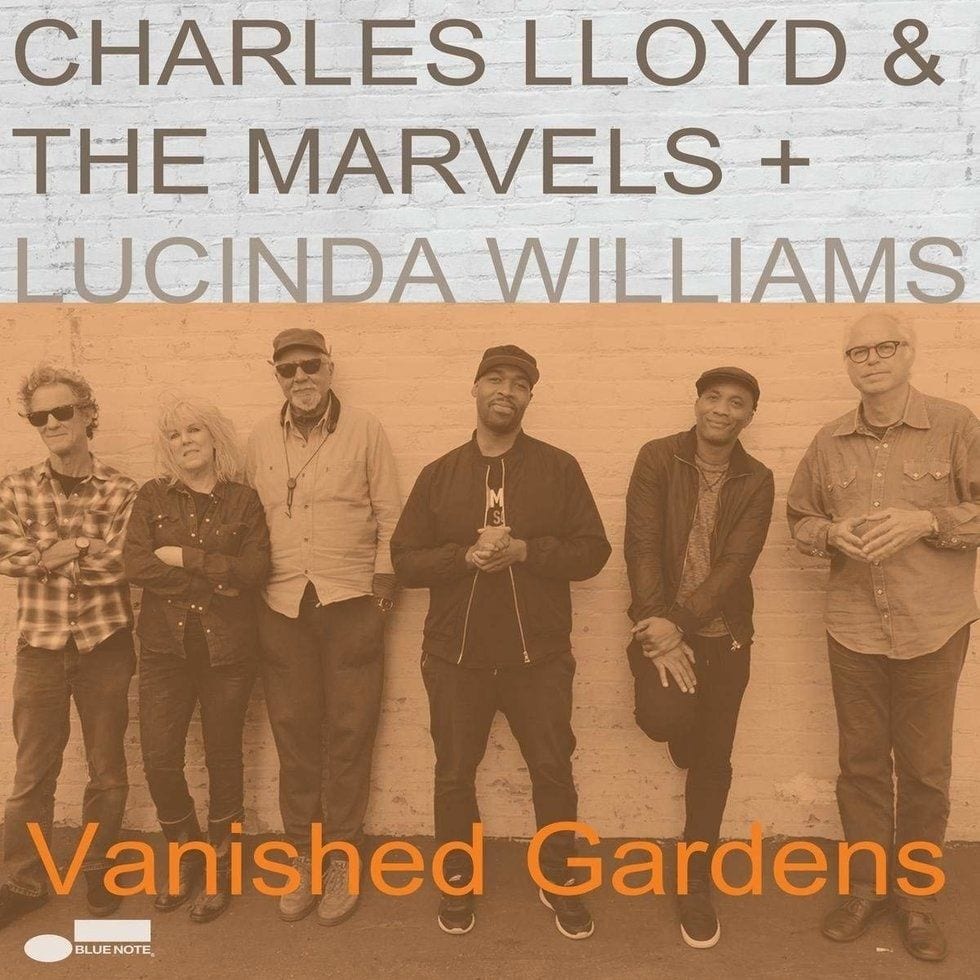
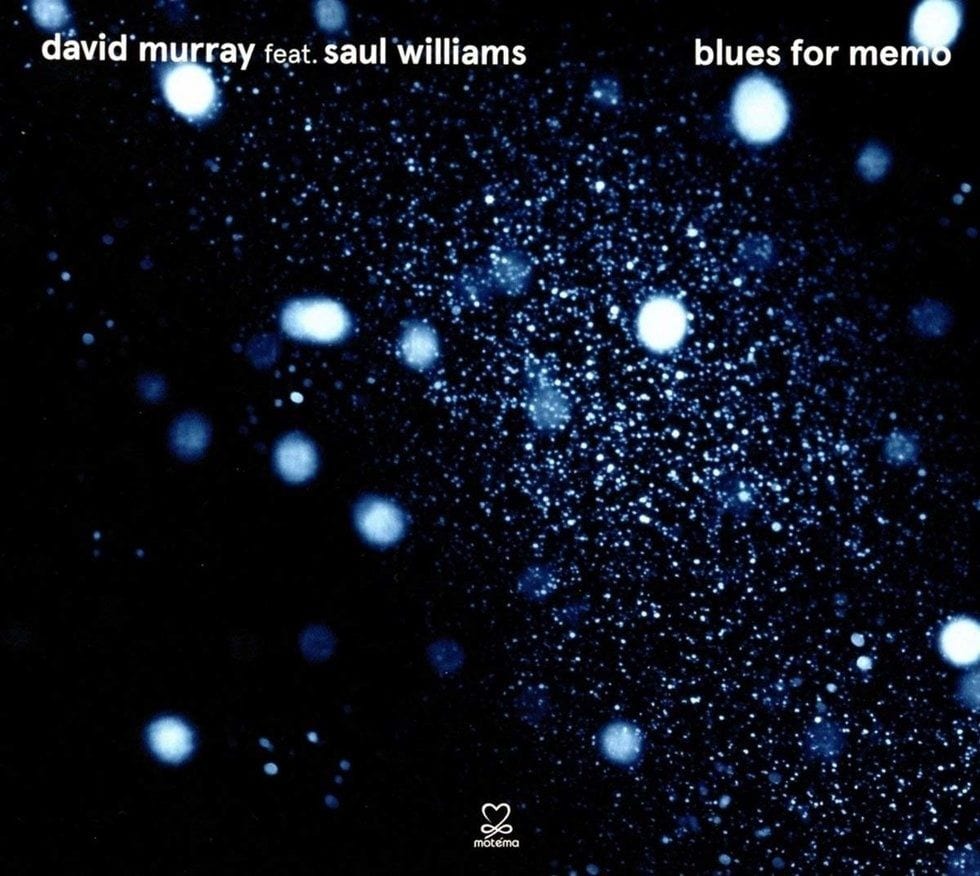
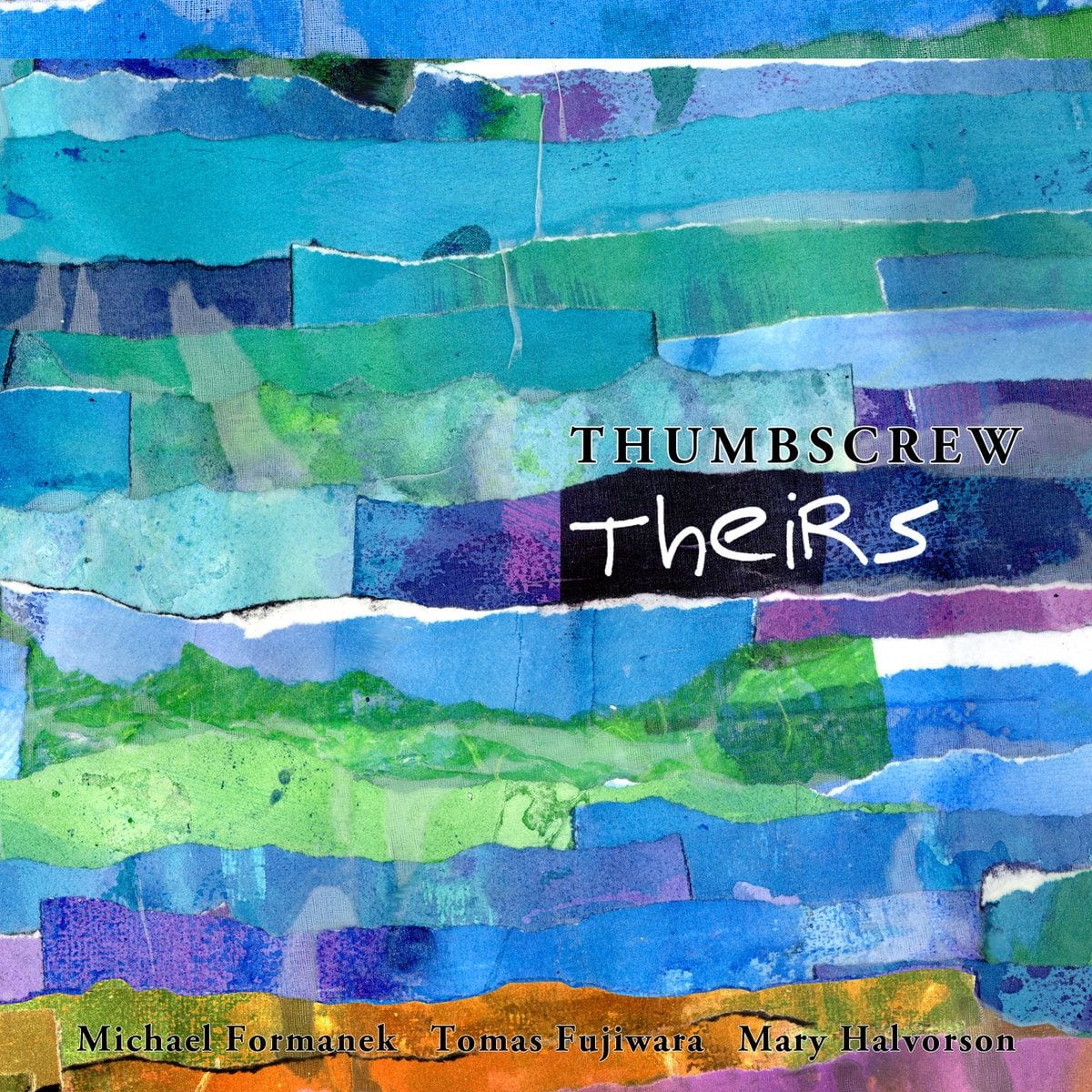
![Call for Papers: All Things Reconsidered [MUSIC] May-August 2024](https://www.popmatters.com/wp-content/uploads/2024/04/all-things-reconsidered-call-music-may-2024-720x380.jpg)



